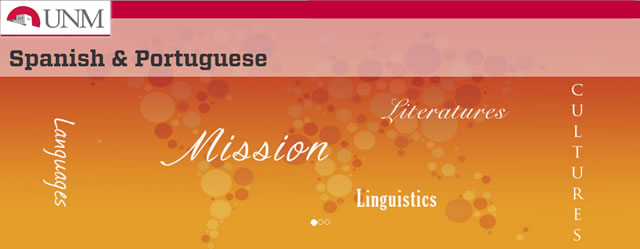
Spanish and Portuguese ETDs
Publication Date
2-9-2010
Abstract
The purpose of this study is to track the diachronic development of exemplar clusters formed by the adjectives in the Spanish expression of becoming quedar(se) + ADJ (e.g. quedar(se) solo to be left alone', quedar(se) espantado 'to get scared'). This approach applies the same system of analysis used by Bybee & Eddington (2006) in their synchronic study of four verb + adjective combinations used to denote a change of state (ponerse + ADJ, hacerse + ADJ, quedarse + ADJ, and volverse + ADJ). Although there are diachronic studies that follow the development of constructions employing usage-based approaches (Israel 1996), and there are synchronic studies that apply the exemplar model to the analysis of constructions in Spanish (Bybee & Eddington 1996) this thesis is the first in-depth diachronic study known to the author that uses the exemplar model to account for the development of a construction over several centuries. It represents the continuation of preliminary studies by the author (Wilson 2006, 2009) but is much more in-depth, analyzing data from the 13th to the 19th centuries. A total of 1,374 tokens were analyzed in the time span indicated and were extracted from a corpus of 5,394,606 words compiled from 119 narrative (or narrative-like) written works. This study provides evidence that, (a) frequently occurring verb + adjective combinations, such as prefabs, serve as the central members of exemplar categories, (b) formulaic combinations, such as prefabs, have longevity, (c) the categories to which formulaic sequences belong have longevity, (d) categories mutate over time by becoming more centralized, changing central members, expanding to new types or by contracting as types are lost, and (e) there is a correlation between the token frequency of the central member of a category and the type frequency of that category. The data studied in this thesis suggest that the rise in overall standardized frequency of quedar(se) + ADJ has to do with the decrease in frequency of a similar expression of 'becoming', fincar(se) + ADJ, as many adjectives associated with the latter come to be used with the former. In tracking the continuum of adjective categories over time, this investigation provides insight into diachronic trends of formulaic language showing trends of emergence as categories expand, contraction as forms fall into disuse, and stability as some categories change very little over time.
Degree Name
Spanish & Portuguese (PhD)
Level of Degree
Doctoral
Department Name
Spanish and Portuguese
First Committee Member (Chair)
Bybee, Joan
Second Committee Member
Clements, Clancy
Third Committee Member
Cárdenas, Anthony
Language
English
Keywords
Historical linguistics, Spanish language--Verb, Spanish language--Adjective
Document Type
Dissertation
Recommended Citation
Wilson, Damián. "Formulaic Language and Adjective Categories in Eight Centuries of the Spanish Expression of 'Becoming' /quedar(se)/ + ADJ." (2010). https://digitalrepository.unm.edu/span_etds/33
